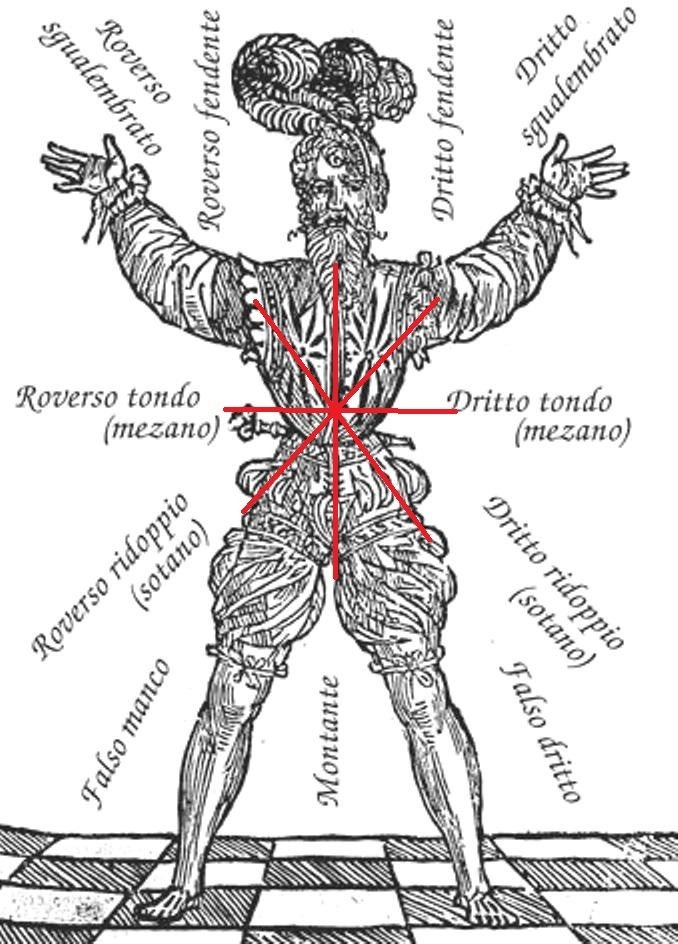It’s easy in a technical art to develop a mechanic that functions as a solo action but fails when it meets the application environment. Yet attempting to develop a technique in a purely tactical environment can be overwhelming for many who are working to build governance of their body or in the absence of having a perfect practice partner can lead to developing a technique that may accomplish the goal against one opponent in one context but will fail when tested more broadly.
When you’re developing a new technique bring it through a cyclical approach that begins at mechanics, moves to a tactical environment, and then back to a mechanical one. Imagine this as a large spiral that gradually gets smaller as you cycle between mechanical and tactical development. The outside or bigger loops of the cycle are about large motions and simple tactics, as you spiral inward you are looking at finer movements and more complex tactical situations.
Mechanical Development
When developing a technique for the first time the goal is to get the fundamental shape of the movement into your body. This includes:
1. Gross motor function - Ensure you’re using the right muscles and alignment to accomplish the job.
2. Order of operation - Make sure the right part of your body is moving first.
Move on from this first visit to mechanical development when you can reliably perform the action in good body configuration and order without having to pause and think about each part of the movement; essentially finding the first part of smoothness.
Tactical and Contextual Development
Once the shape of the technique is established bringing it into its application environment is essential to understanding how the mechanics of that motion need to be refined.
Start simple in contextual development. With a sword cut, simply adding a target can challenge how the technique is applied and give you a new view of the mechanic and its purpose. Having an opponent attacking you as you parry, makes a parry make much more sense and gives you a consequence to doing it incorrectly.
In stage 1 tactical testing the outcome should be consistent and reliable, i.e. you always know that the opponent is going to do a specific attack and when they’re going to do it.
Data from stage 1 contextual development can then be used to inform the mechanics of the technique. The simple tactical environment is still useful for mechanical practice but as soon as you add multiple variables (i.e. multiple potential attacks) it becomes harder to focus on mechanics while staying tactically aware.
Once a technique is mechanically sound in a simple tactical environment you can upgrade the tactical environment to a higher level of complexity.
Following the Spiral
As you become more comfortable with the mechanical application of a technique in its gross sense and as you begin to find its faults tactically you want to start refining your mechanical view. This means looking at how smaller muscle groups are functioning, reviewing structural alignment with the weapon and the ground, examining how fine changes in weapon orientation can affect its ability to strike or defend, etc.
As your mechanical ability becomes more sound you want to begin to test it with tactical pressure that is broad (the opponent may throw one of 5 attacks at you) and deep (the opponent will make 1 attack but sometimes its a feint, sometimes they respond with a counter and you must in turn respond to the counter, etc). If you’re responding correctly in the tactical context (meaning you are attempting to make the correct parry at the correct time) but the technique is failing, return to mechanical development. When you’re succeeding reliably on both accounts increase tactical options.
